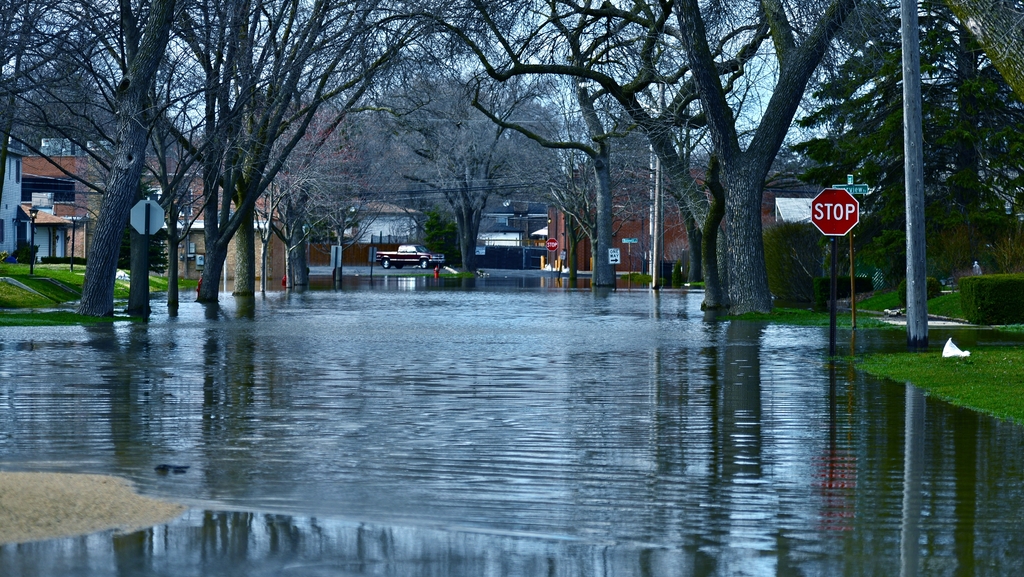Water damage can be an overwhelming experience for homeowners. Whether from a burst pipe, a natural disaster, or a leaky roof, it can cause significant property damage and disrupt your daily life. When faced with water damage, knowing how to file a water damage claim with your insurer is crucial to get the compensation you deserve. Here are several suggestions on what to do when making water damage claims.

Document the Damage
Before you do anything else, take photos and videos of the damage. Record as much information as possible, including the damage, its location, and any impacted personal goods. This documentation will be crucial when filing your water damage claim. It provides evidence of the damage and helps your insurance adjuster determine the value of your claim.
Contact a Public Adjuster Before Your Insurance Company
Before reaching out to your insurance provider, it is advisable to contact a professional public adjuster like Premier Public Adjusters. Once you have photographed and documented the damage, a public adjuster can provide valuable assistance in the reporting process. Most insurance policies require that you report water damage within a specific period, so acting quickly is crucial. Public adjusters can ensure that you give your insurance provider as much information as possible. This includes the day and time the damage occurred, the cause of the damage, and the extent of the damage. By engaging the services of Premier Public Adjusters, you enhance your chances of a successful claim outcome.
Mitigate Further Damage
After reporting the water damage, mitigating further damage to your home is crucial. This may include the following:
- Shutting off the water source
- Moving furniture and other belongings to a dry area
- Using fans or dehumidifiers to dry out the affected areas
Keep receipts for expenses related to mitigating the damage, as your policy may cover them.
Do Not Make Repairs Until After the Inspection
While it may be tempting to start repairing the damage immediately, it is best to wait until after the insurance adjuster inspects it. Making repairs before the inspection could invalidate your claim. The adjuster needs to see the damage in its original state to assess the value of your claim accurately.
Be Ready to Provide Additional Documentation
Sometimes, your insurer may ask for additional documentation to support your claim. This might include receipts for damaged personal property, contractor repair estimates, and medical bills if anyone sustained injuries due to the water damage. Keep all documentation related to your water damage claim in a safe and organized place.
Follow Up with Your Insurance Company
After filing your claim, make sure to routinely follow up with your provider to check the status of your claim. If you haven’t received an update within a reasonable amount of time, don’t hesitate to contact your provider and request an update.
Work with A Reputable Restoration Company
When dealing with water damage, working with a reputable restoration company is best. A competent restoration company can evaluate the damage, create a strategy for restoration, and communicate with your provider to ensure your policy covers the damage. Look for an insured and licensed company with water damage restoration experience and positive customer reviews. Working with a reputable restoration company could speed up the claims process.
Bottom Line
Dealing with water damage can be a frustrating and overwhelming experience. However, by adhering to these suggestions for filing water damage claims, you can ensure swift processing and payment of your claim.
